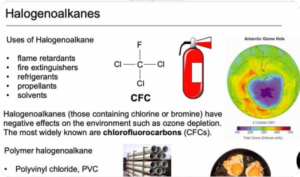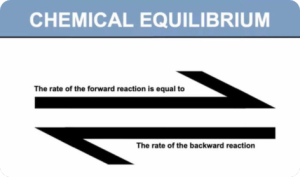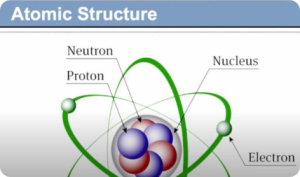Description
Course Contents
- Arenes (exemplified by benzene and methylbenzene)
- (i) influence of delocalised π electrons on structure and properties
- (ii) electrophilic substitution reactions
- (iii) oxidation of side-chain
Learning Outcomes
Candidates should be able to:
(a) explain, in terms of delocalisation of π electrons, the difference between benzene and alkene:
(b) reactivity towards electrophiles
(ii) preference of benzene to undergo substitution rather than addition reaction
(i) describe the chemistry of the benzene ring as exemplified by the following reactions of benzene and methylbenzene:
(c) electrophilic substitution reactions with chlorine and with bromine (recognise the use of Lewis acid as catalysts; see also Section 4)
(ii) nitration with concentrated nitric acid (recognise concentrated sulfuric acid as a Brønsted-Lowry acid catalyst; see also Section 4)
(iii) Friedel-Crafts alkylation with halogenoalkanes (recognise the use of Lewis acid as catalysts; see also Section 4)
(d)
(i) describe the mechanism of electrophilic substitution in arenes, using the mono-bromination of benzene as an example
(ii) describe the effect of the delocalisation of electrons in arenes in such reactions
(e) describe the chemistry of the alkyl side-chain of benzene ring as exemplified by the following reactions of methylbenzene:
(i) free-radical substitution by chlorine and by bromine
(ii) complete oxidation to give benzoic acid
(f) predict whether halogenation will occur in the side-chain or aromatic nucleus in arenes depending on reaction conditions
(g) apply the knowledge of positions of substitution in the electrophilic substitution reactions of monosubstituted arenes




